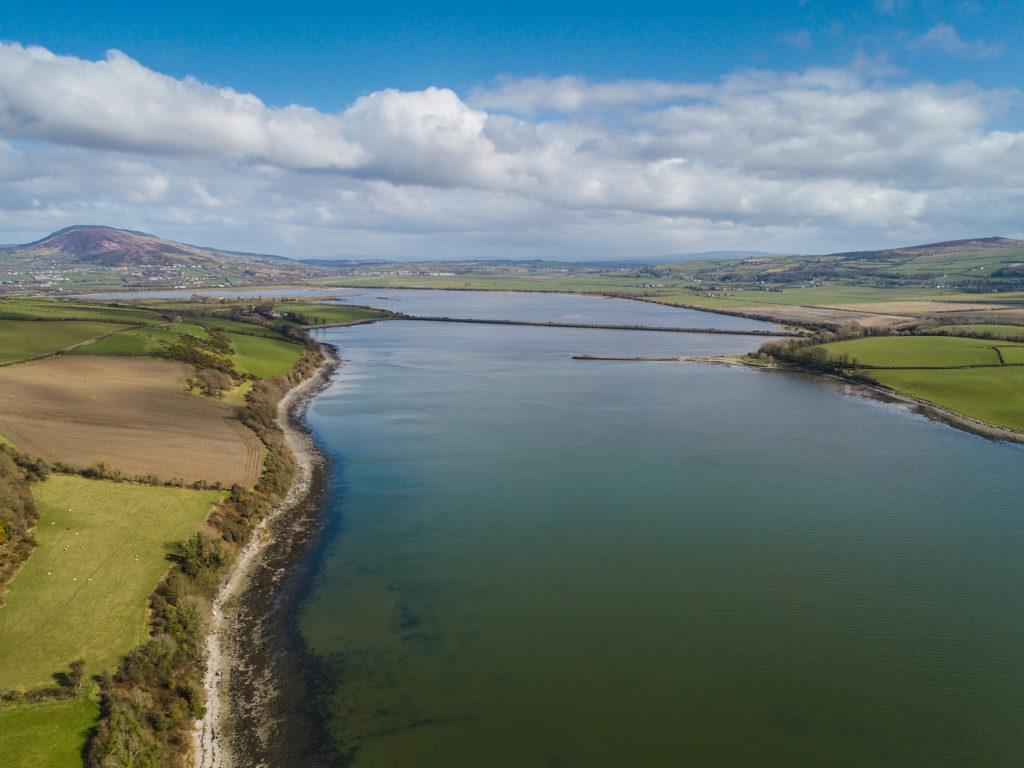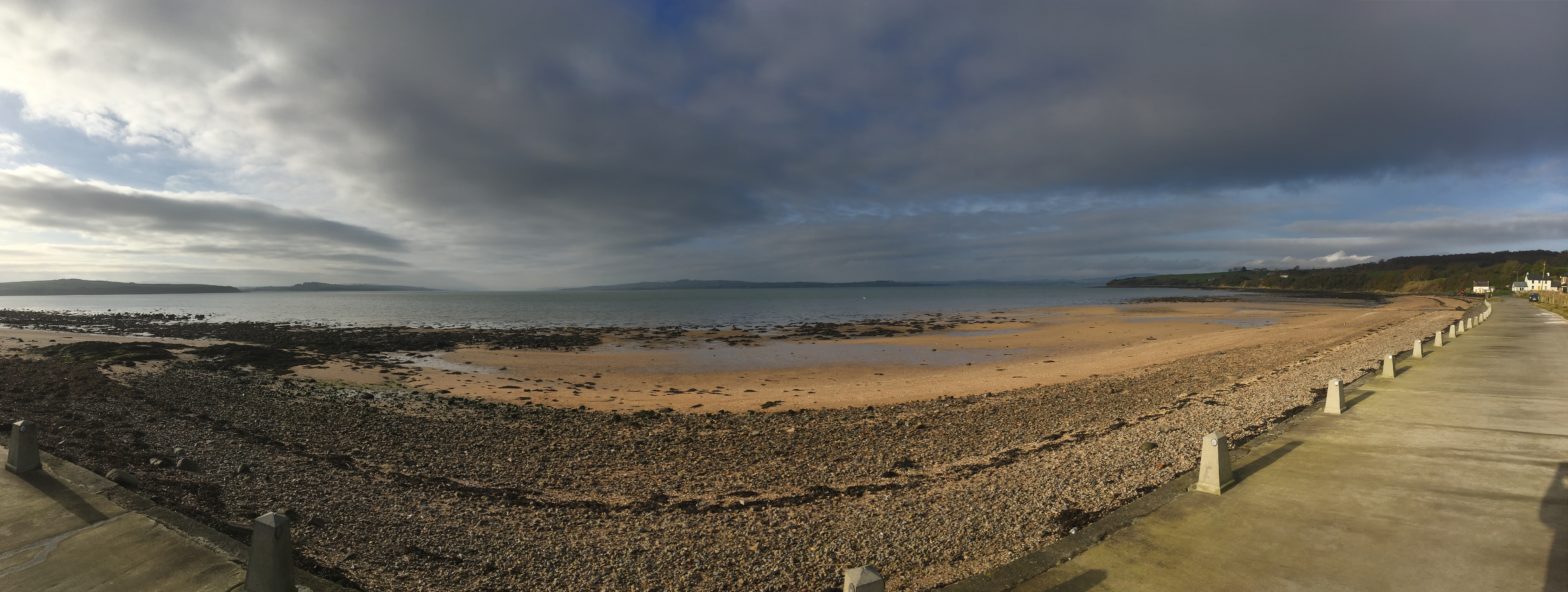This is an amended version of the page we used on the Inch heritage website.
Some people have asked why we chose Inch. I could say it was because the island met certain parameters – rural, maritime heritage, a rich history, a small community. But to be honest, Inch chose the project.
My first job as co-production facilitator on the CINE project was to recruit a new community to work with, in a very short space of time. I decided to use a number of parameters. I wanted to find somewhere that was rural, and off the beaten track. I was also keen to look at maritime heritage, as Donegal is surrounded by water. The community also had to be small and localised. Some of Donegal’s communities are spread thinly, especially in the west of the county. As we were focused on history and heritage, I needed to ensure a high density of heritage sites we could potentially explore.
As I circled the map, I was drawn closer and closer to the island… and that might be the fairies at Dunfinn, the ghost of the King buried in Carnaghan, or the spirits of my own Wagstaff relations, the builders of the Farland Bank. Whatever drew me to Inch, it was not so much a choice, but an invitation from the island, and one I am happy to have heeded.
And this is true, partly. The museum’s previous project, in Killybegs was an hour and half away from Letterkenny, and as we had very little time to make contacts and begin the co-production process, I also felt we should look at somewhere a little closer to the museum in Letterkenny and our partners, Ulster University, in Derry. And Inch is between us on the map.
But what drew me to Inch, most of all, was the wealth of history and heritage on such a small island. And that was only the stuff I found in a few cursory searches. I really didn’t expect the island’s story to be as remarkable as it turned out to be. And yes, I am probably related to Mr Wagstaff, on my mother’s side. Wagstaff and Brassey built the embankments and railways around Inch, connecting it finally to the mainland.

Some have also asked why we chose to look at the whole history of the island, rather than concentrating a certain site or era.
This is a question posed by some. The CINE project’s other case studies focus on single sites or periods but Inch was a different story.
The question can be answered by looking at three farms.
Boyd Bryce owns the land at Strahack, including the old graveyard. But the graveyard was split in two by British military sappers in the late 19th Century, when they were rebuilding Inch Fort. Boyd also owns the land around Dunfinn, where an 18th Century mill pond sits beside an Iron Age ringfort.
Donal Doherty farms the land on which O’Doherty’s Castle sits, the castle sketched by William Smith when he was on Inch, supervising the construction of Inch Fort, and Donal’s land is also where Kirke’s 1689 encampment may have been located.
Kenneth Bryce’s farm is criss-crossed with 18th Century, underground mill races, but is also the site of the King’s Grave, as well as the Cuckoo Rock, one of the places named on every map of Inch.
And that was my justification.
Every acre on Inch has a dozen stories to tell, from prehistory to now. Attempting to tell just one of those stories, without recounting the other tales that wind through the fields of the island, felt disrespectful to Inch’s extraordinary heritage.
There are many people to thank for their contributions, support, kind words and hospitality, from Inch and beyond the island. In no particular order, both the project and I would like to offer our gratitude to Patricia, Boyd, Bridie, John, Noel, Susan, John, David, Aideen, Margaret, Paddy, Tina, Georgina, Martina, Donal, Kenny, Jim, Malachy, Patrick, Sheilagh, Maria, Tony, James, Stewart, Richard, Peter, Colin, Bryan and Janet, Nat, David, Ian, Billy, Mary, Dominic, Maureen, Seamus, Emer, David, Roisin, Karen, James, Daragh, Jo, Greer, Niamh, Robin, Tammy, Judi, Hoani, Bryan and Janet, David, Nat Fahan Parish, and all the other islanders who nodded, waved, dug out photos, and sent words of encouragement.
There was much we missed, much more that I would like to have included. There are still photos in drawers, fading documents in envelopes, oral histories to hear, poems and stories, and more to read. Covid-19 halted the project somewhat prematurely, but I hope there may be an opportunity somewhere down the line to collect what is missing, and to fill in the gaps.


